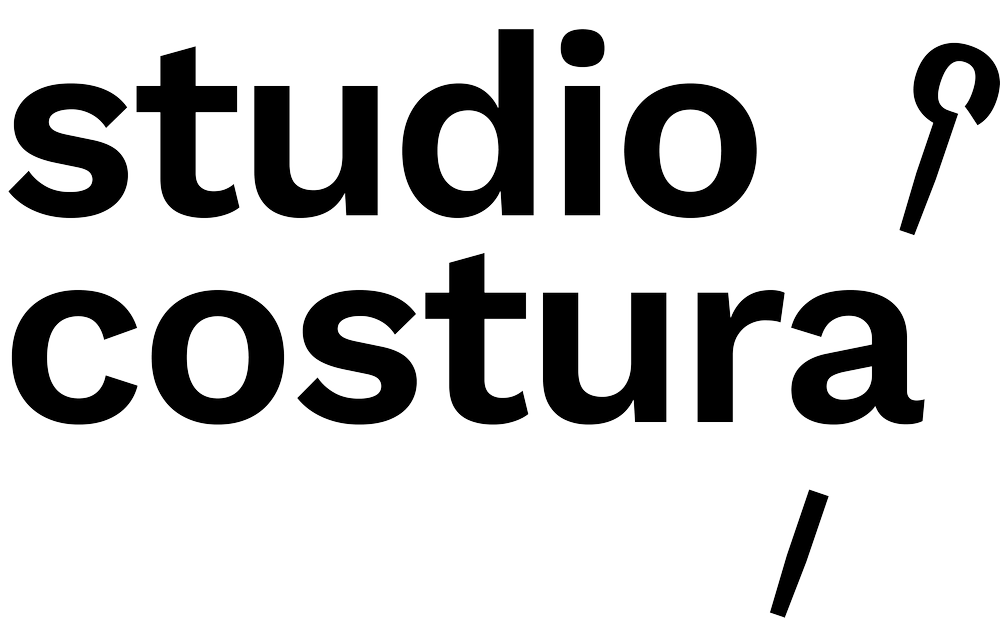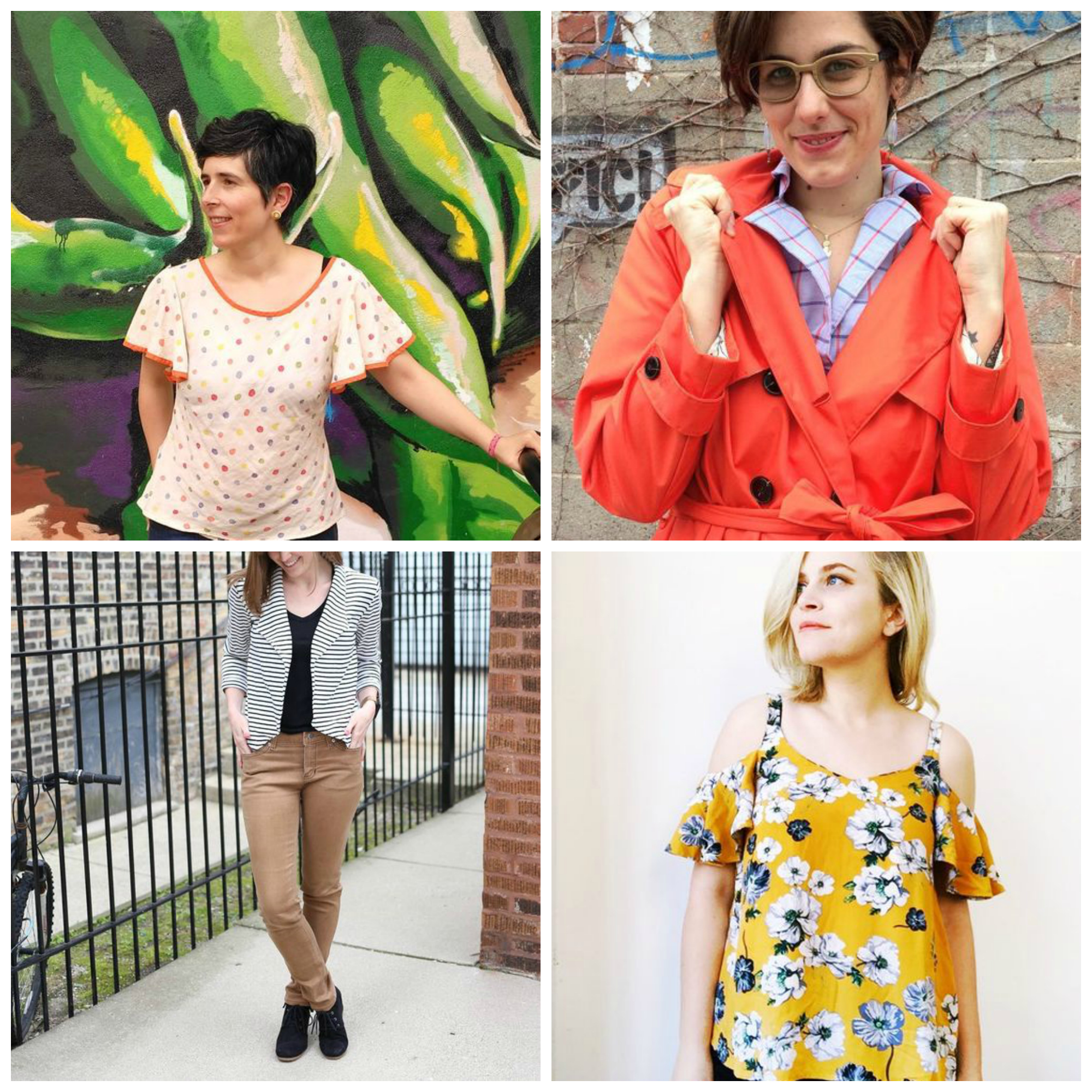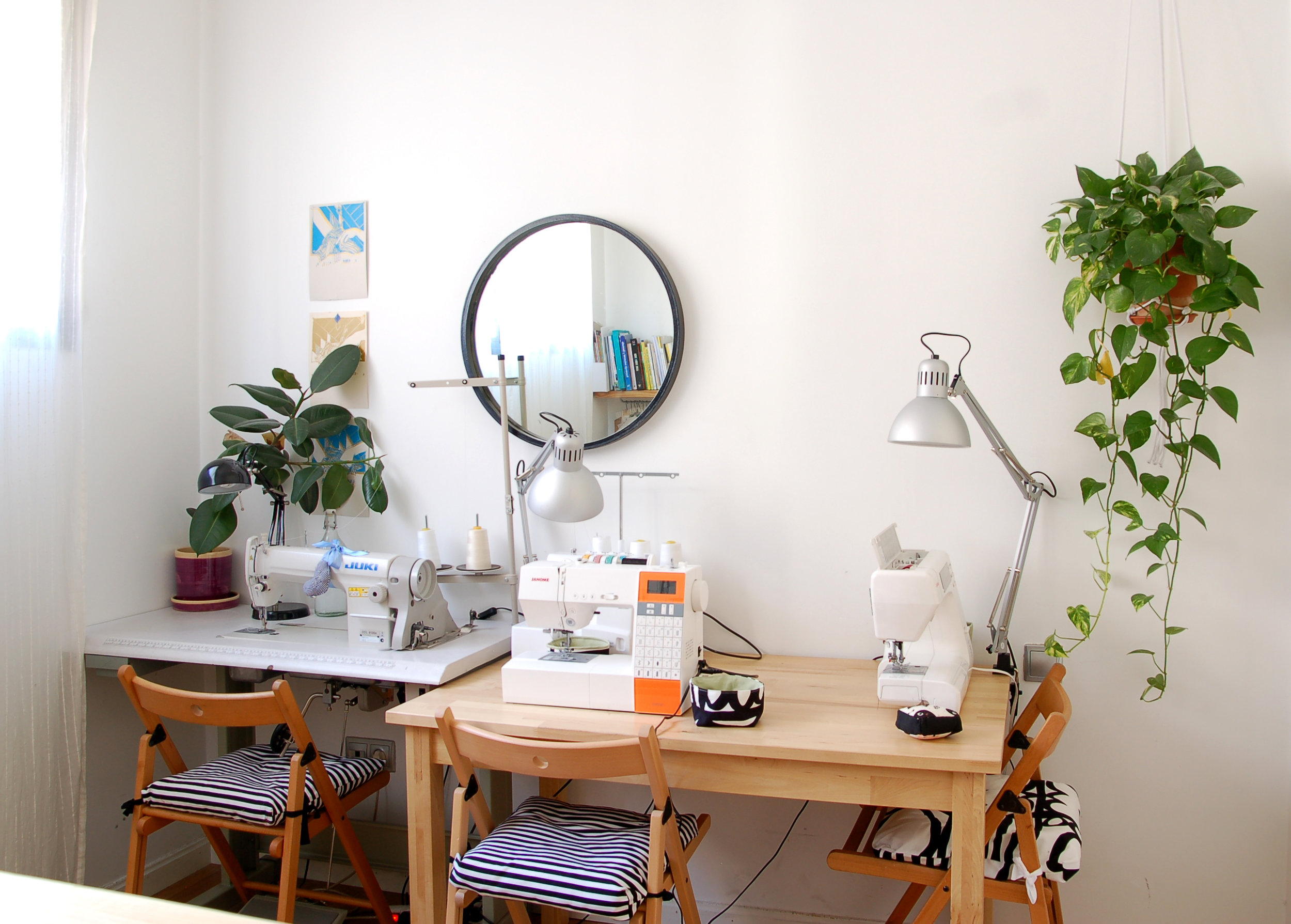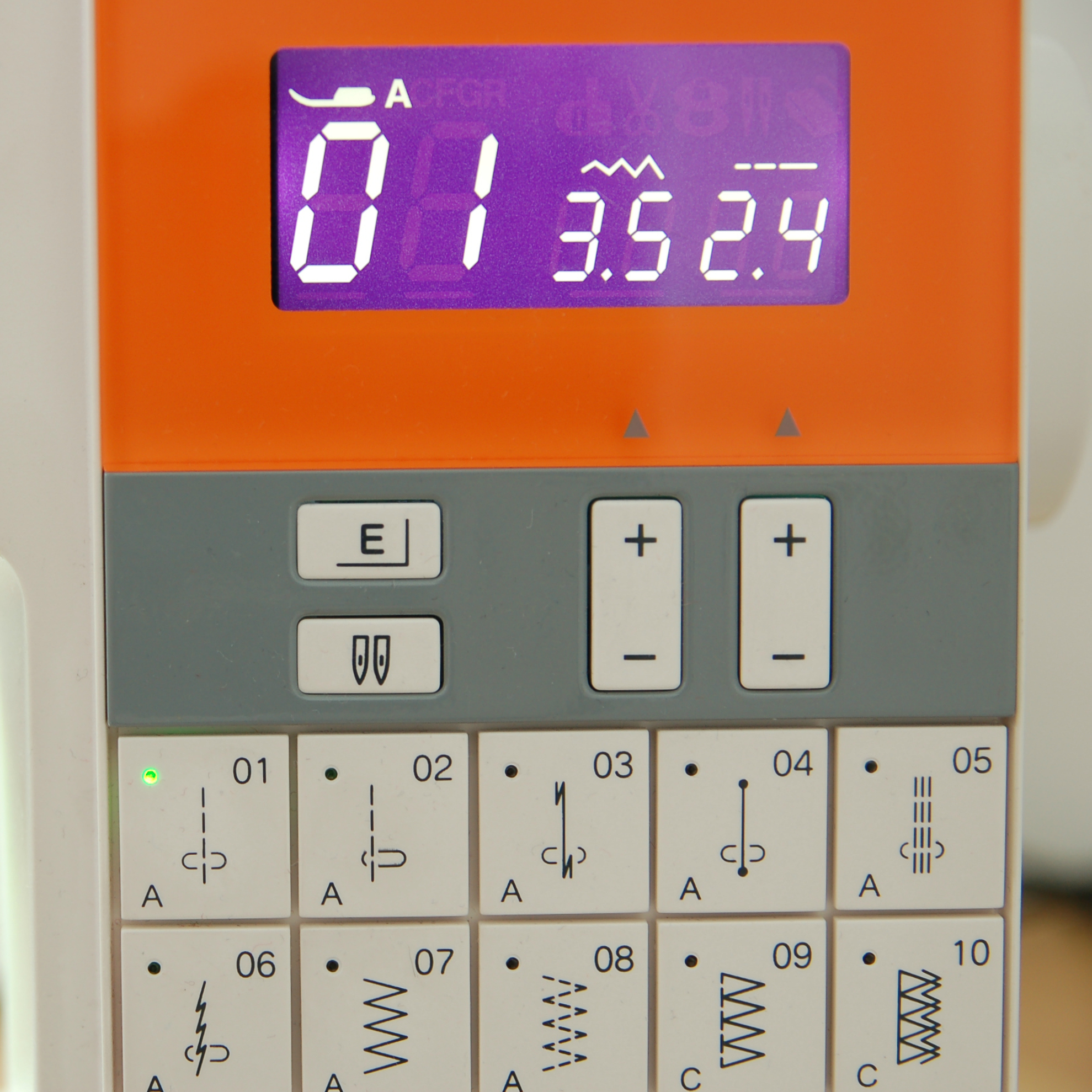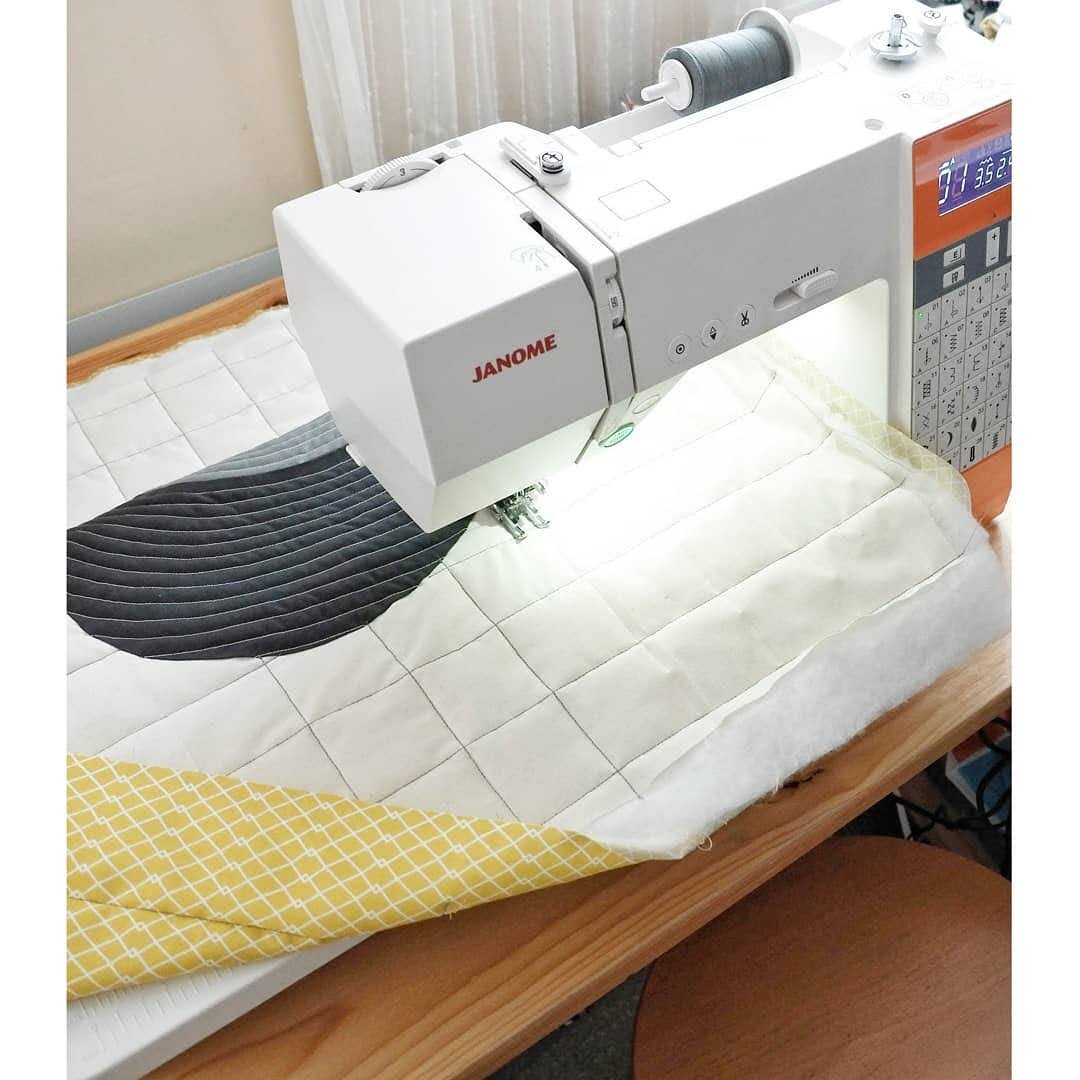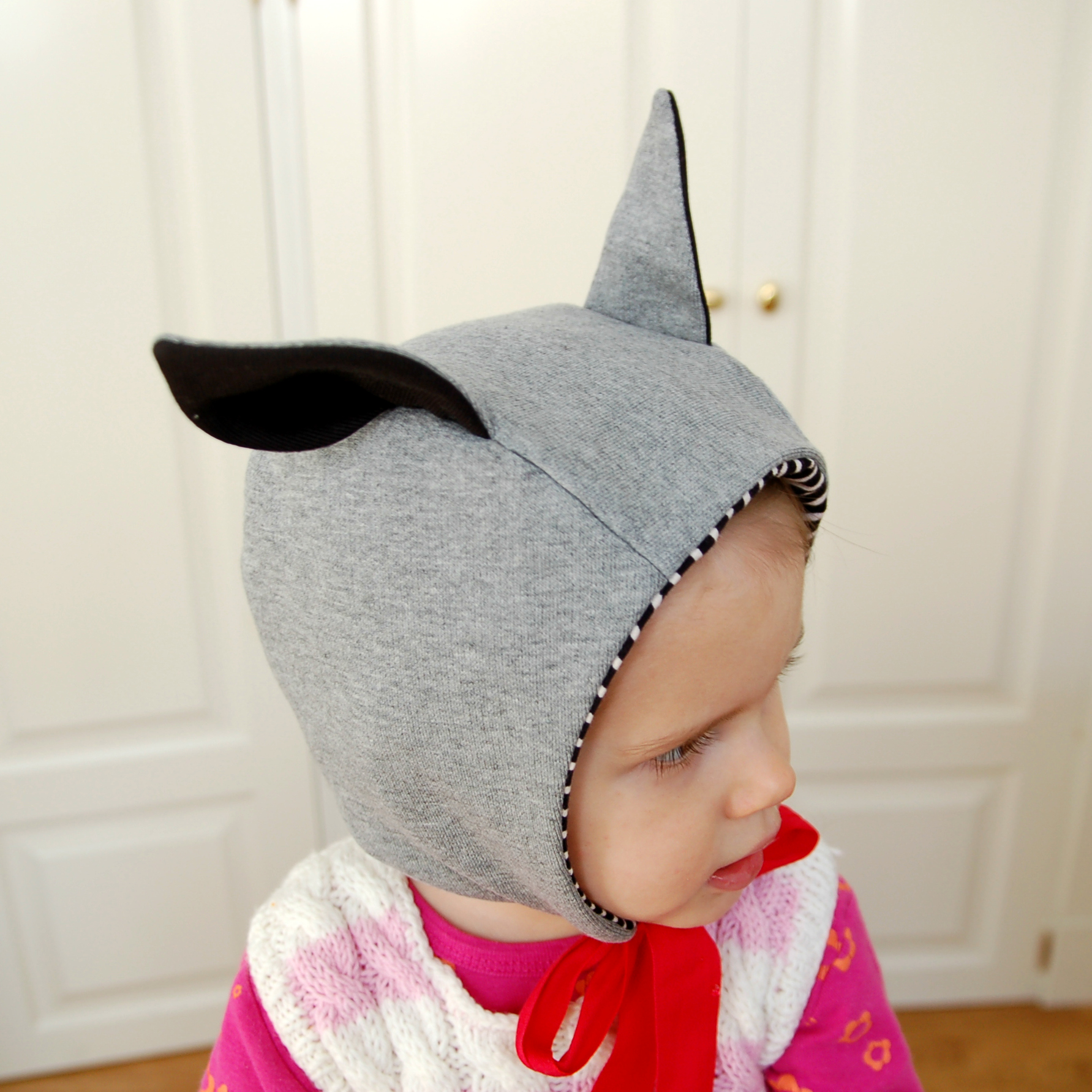Hola! Otro mes del reto Me Made May 2017 se ha acabado para este año y me gustaría hacer un pequeño resumen aquí en el blog sobre mi propia experiencia y también mostraros lo que más me gustó de lo hicieron otras.
Es el segundo año que participé y ha habido bastantes cambios en la experiencia comparado con el año pasado. Para empezar, este año todo fue más fácil, jaja. Primero porque tenía mucha más ropa que ponerme con todo lo que había cosido durante el año. Segundo porque como decidí no subir fotos todos los días, no tenía el agobio de tener que hacerlo sí o sí, cosa que hizo el mes mucho más llevadero. También he llegado a un punto donde coso cada vez más cosas que realmente me pongo y no hago prendas sólo porque me gusta como se ven aunque sé que no es mi estilo. Estoy bastante contenta con las cosas que tengo y como suelo coser prendas muy básicas, se combinan sin mucha dificultad. Me gustan los vestidos y prendas formales pero no van mucho con mi estilo de vida así que con el tiempo he ido acercándome más a lo que realmente necesito (sólo he tardado como seis años, jaja).
Hey! The Me Made May 2017 has ended for this year and I’d like to make a little conclusion post over here at the blog about my experience this year and to show you the inspiration I got from the other participants.
It was the second year for me and this year it was quite different compared to the last one. To start with, everything was way easier this year, hehe. First because I had more clothes to choose from as I had sewn quite a lot of garments during the year. Second because I decided not to share photos every day so I didn’t have the duty and the “obligation” which made the month way easier. Also I’ve now reached a point where I sew every time more garments I actually wear and I don’t make stuff only because I like how it looks ignoring if it’s my style or not. I’m quite happy with what I have and as I make a lot of basic stuff it’s quite easy to combine them together. I like dresses and other formal garments but they don’t really go with my lifestyle so with time I’ve really started to make things that I actually need (only took me like six years, hehe).
También aunque no lo mencionaba, todos y cada uno de los días he llevado ropa interior hecho por mí. Hice muchas muestras para mis talleres y ahora las tengo todas para mí, así que no me puedo quejar de la variedad de encajes de todo tipo, jaja.
Lo que echaba de menos era de más pantalones y faldas, cosa que debería trabajar más a partir de ahora. También llevé un montón de prendas que ya tengo desde años y aunque es aburrido volver a hacer fotos iguales que el año pasado, estoy contenta de darle uso continuado a mis prendas porque eso significa que realmente tiene sentido poner el tiempo y el esfuerzo de hacerlas...mucho mejor que fast fashion.
Also I didn’t metion this but every day I have been wearing my handmade lingerie. I’ve made a lot of samples for my workshops and now I have them all for me, so I can’t really complain about the variety of lace in my underwear drawer, hehe.
I’m in need of more pants and skirts, I should make more in the future. Also I’ve been wearing lots of things from past years which means same photos as last year but I’m glad they are in active use in my wardrobe as this means the time and effort spent making them has been actually worth it...not much fast fashion around here.
Me gusta mucho también que durante este mes hay tanta inspiración al ver lo que lleva y hace todo el mundo. Ahora tengo una larga cola de cosas que quiero coser después de ver tantas prendas bonitas! Por eso quería recopilar aquí también una lista de personas que más me han inspirado para que echéis un vistazo a sus fotos que molan mucho.
Para empezar, podría robar todo el armario de Marta, tiene prendas tan elegantes!
I’ve really enjoyed all the inspiration seeing what other people have been wearing. Now I have a long list of garments I want to sew after seeing all the beautiful makes! That’s why I wanted to make a list of sewers who have been inspiring me the most so you can check out their work too.
To start with, I could totally steal Martas closet, she has so elegant garments!
@maider_masustak @jess_fildespagescouture @alinadesignco @missmake
Maider tiene un armario de lo más variado con prendas muy chulas, el estilo vintage de Jess mola mucho, Alina combina básicos de una manera muy original y los estampados de Devon son expectaculares.
Maiders closet has so many cool varieties in her closet, Jess'es vintage style is awesome, Alina combines the basics in a really original way and Devon has so many beautiful prints.
@tailormadeshop @masdeloquemegusta @_ym.sews_ @jens.ks
Ying ha enseñado tanta lencería bonita, me molan mucho las prendas de Auxi (que también ha sido la persona con quien pude compartir en la vida real la experiencia, ya que viene a mis clases!), _ym.sews_ tiene vestidos de punto super bonitos y Jens tiene un estilo que me gusta mucho.
Ying has been showing some real beautiful lingerie, I love Auxis garments (also she's been someone with who I have had a pleasure to share this experience in real life too as she comes to my classes!), _ym.sews_ has some amazing knit dresses and Jens has a great style I admire.
@lieslgibson @sewdiyblog @thedappercrow @ladulsatina
Liesl sale tan bien sus fotos en las calles de Madrid con un montón de prendas muy bonitas, Sew DIY tiene unos conjuntos que molan mucho, Thedappercrow tiene las prendas con un toque muy original y Martina hace cosas in-cre-íbles!
Liesl loks so great on her photos on Madrids streets and she really has a closet full of nice clothes, Sew DIY showed us so many great outfits, Thedapperdrow has some really original takes on garments and Martinas makes are just increeeedibly beautiful!
Esto es todo! Había muuucho más por allí, basta con mirar el #mmmay17 por Instagram! Espero que os gusten los trabajos de estas costureras talentosas y quizás vais a descubrir a alguien nuevo por las redes <3
That's it! There was of course sooo much more, just check out the #mmmay17 over at Instagram! Hope you like the projects from these talented seamstresses and that maybe you'll discover someone new in the social media<3
